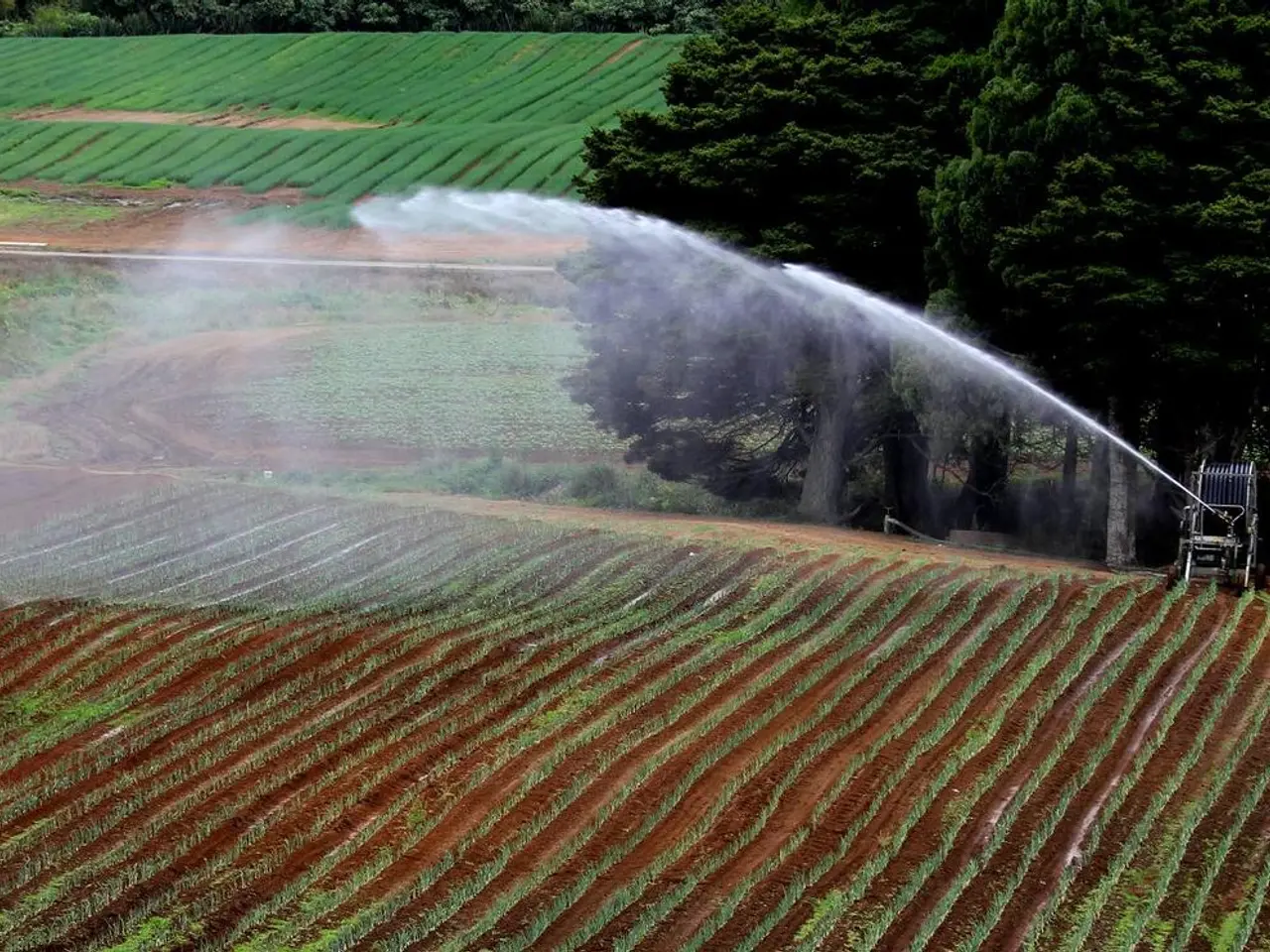Belarusian factories are currently operational, here are the specifics.
In a recent business climate survey published by the Ministry of Economy, more than a third of respondents have observed positive production dynamics, signaling a promising outlook for Belarusian industry.
Ninety percent of managers believe that the trend of increasing demand will continue, with more than 70% of top managers sharing their future plans. The average capacity utilization rate in Belarusian industry stands at around 69%, indicating a decent level of operational efficiency.
The survey also revealed that 33% of respondents plan to increase production capacity, and production volumes are expected to grow, as 85% of managers anticipate. This growth is likely to be supported by export opportunities to neighboring markets such as the EU, Russia, and Central Asia. However, geopolitical tensions and disruptions in supply chains could potentially constrain demand.
Profitability in Belarusian industry is under pressure from rising costs of raw materials, energy, and production inputs, alongside currency fluctuations. State-owned enterprises’ reforms and efficiency improvements may partially offset these pressures.
A government-driven push towards industrial modernization is evident, with a focus on upgrading production technologies, digitalization, and adopting Industry 4.0 solutions. Investments targeting automation, energy efficiency, and environmentally sustainable technologies are planned to enhance competitiveness.
Belarus is expected to increase efforts in resource conservation driven by both environmental regulation and economic incentives. This includes improved energy efficiency in industrial processes, waste reduction initiatives, and adoption of cleaner technologies aligned with global sustainability goals.
Eighty-eight percent of respondents report stable or increasing employee numbers, and enough work and people are available in Belarusian enterprises. Top managers use 79% of their earnings for enterprise modernization, with 17% of companies investing in reducing labor costs. For 18% of industrial enterprises, investing in resource conservation is significant.
These observations align with broader trends in Eastern European industries undergoing modernization and energy transition amid complex geopolitical and economic conditions. For precise, updated Belarus-specific forecasts on these parameters, reports from Belarusian government sources, regional economic analyses, or international institutions like the Eurasian Economic Commission would be essential.
The trends of increasing demand and planned production capacity expansion in the Belarusian industry, as indicated by 70% of top managers and 33% of respondents, respectively, suggest a potential growth in finance and business operations. This growth may be supported by industry modernization initiatives and export opportunities to neighboring markets. However, geopolitical tensions and disruptions in supply chains could pose challenges to profitability and operational efficiency.




